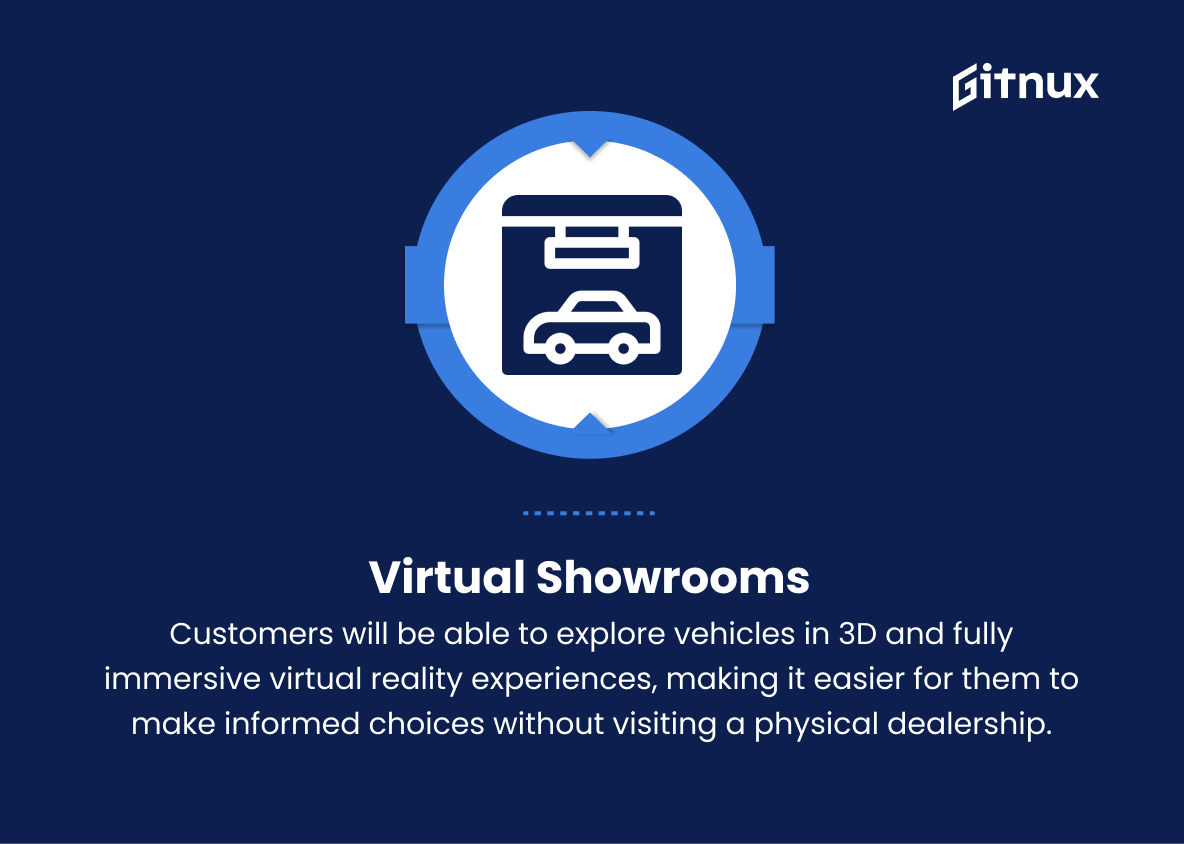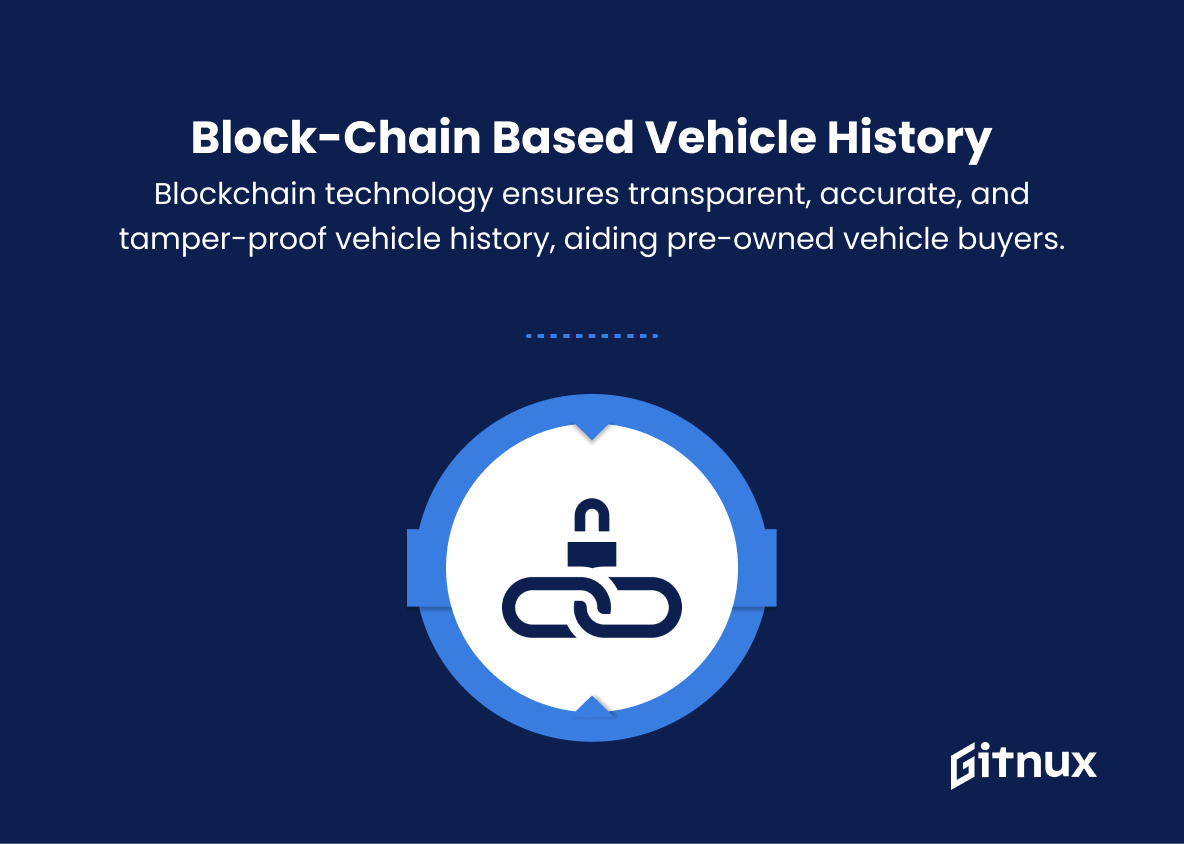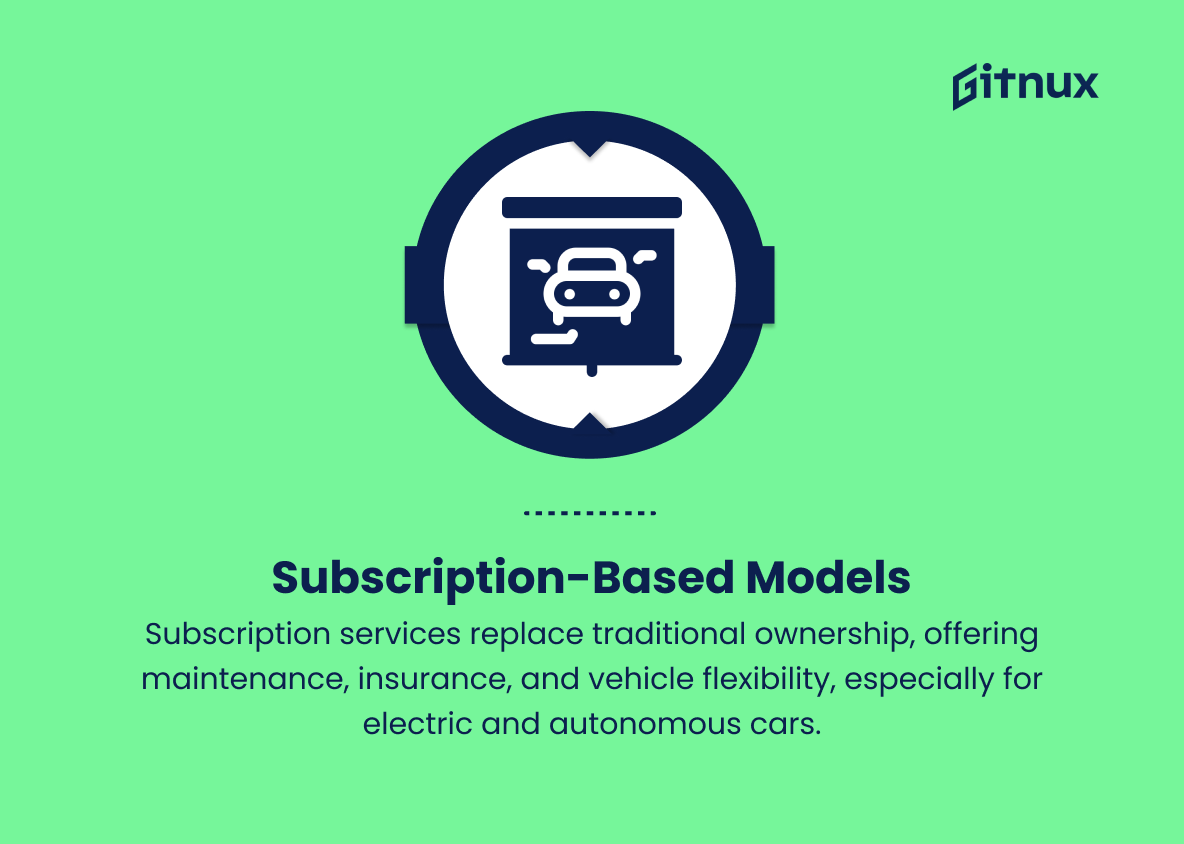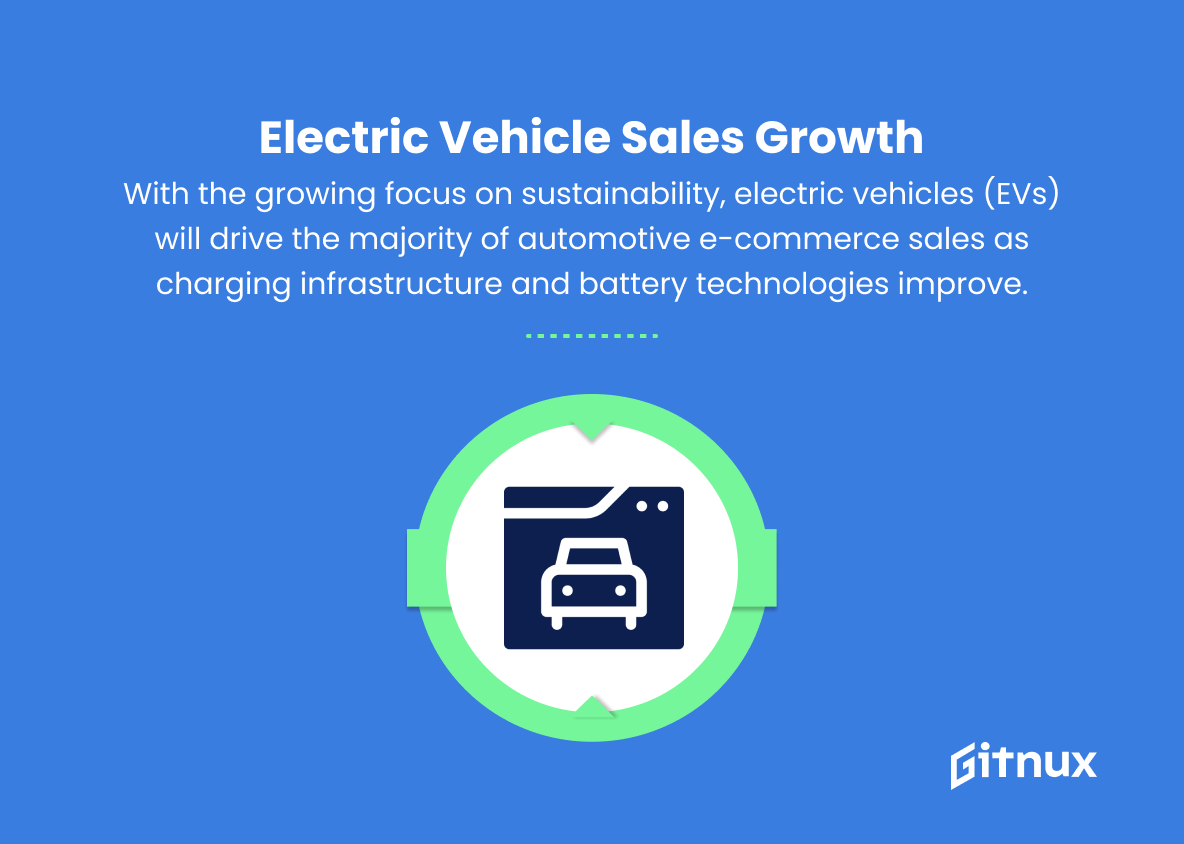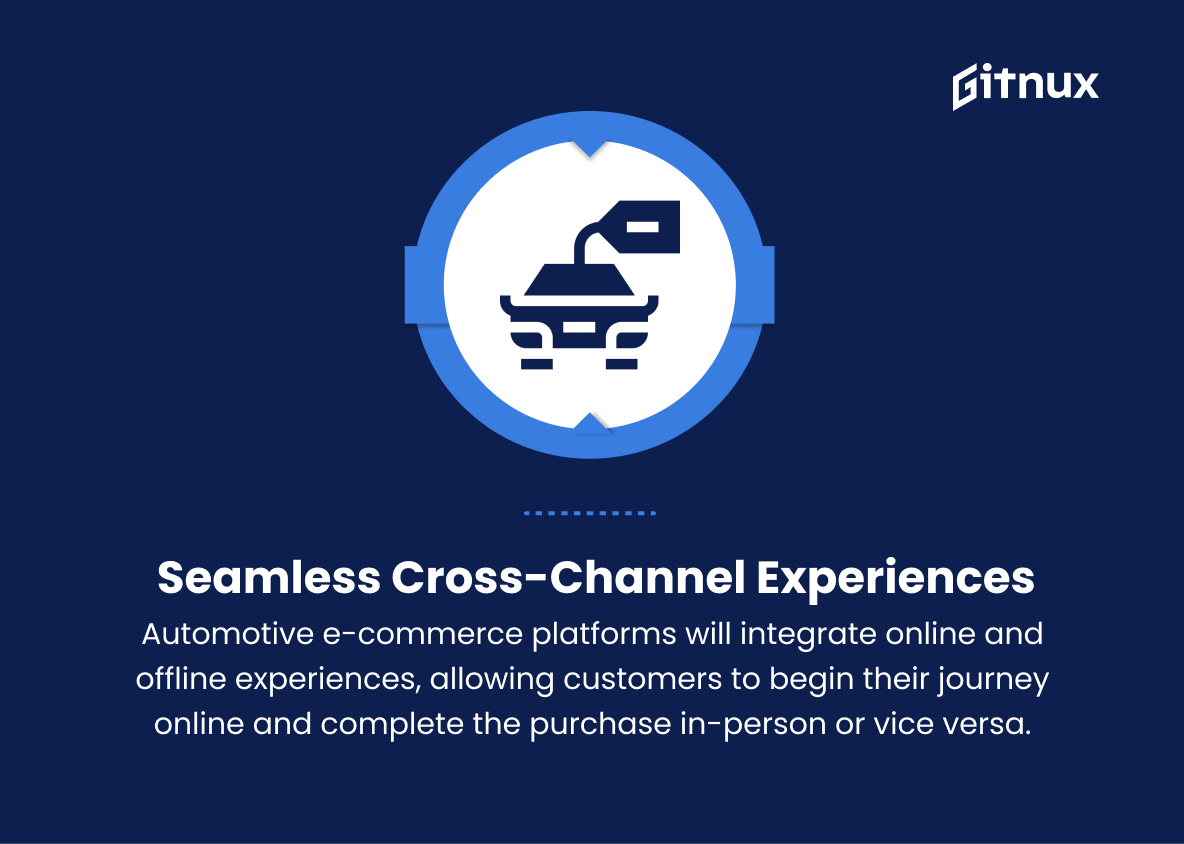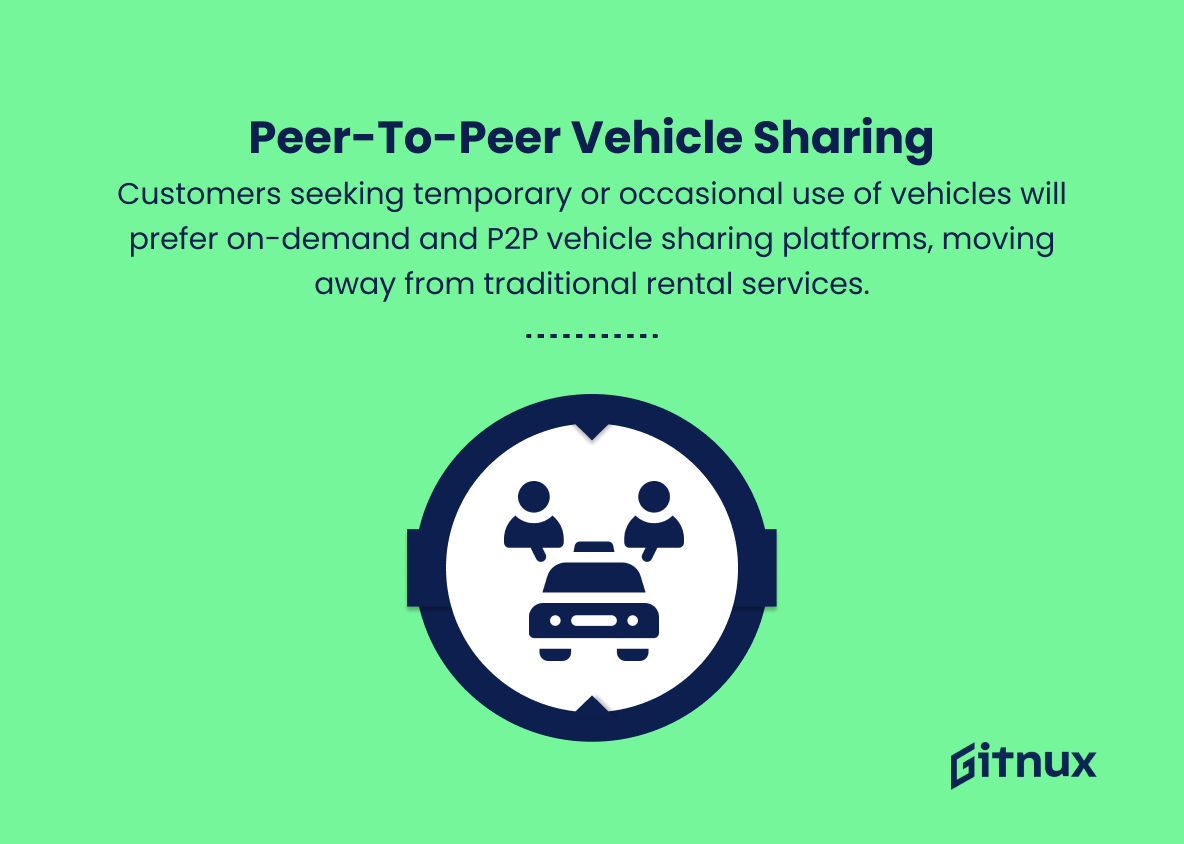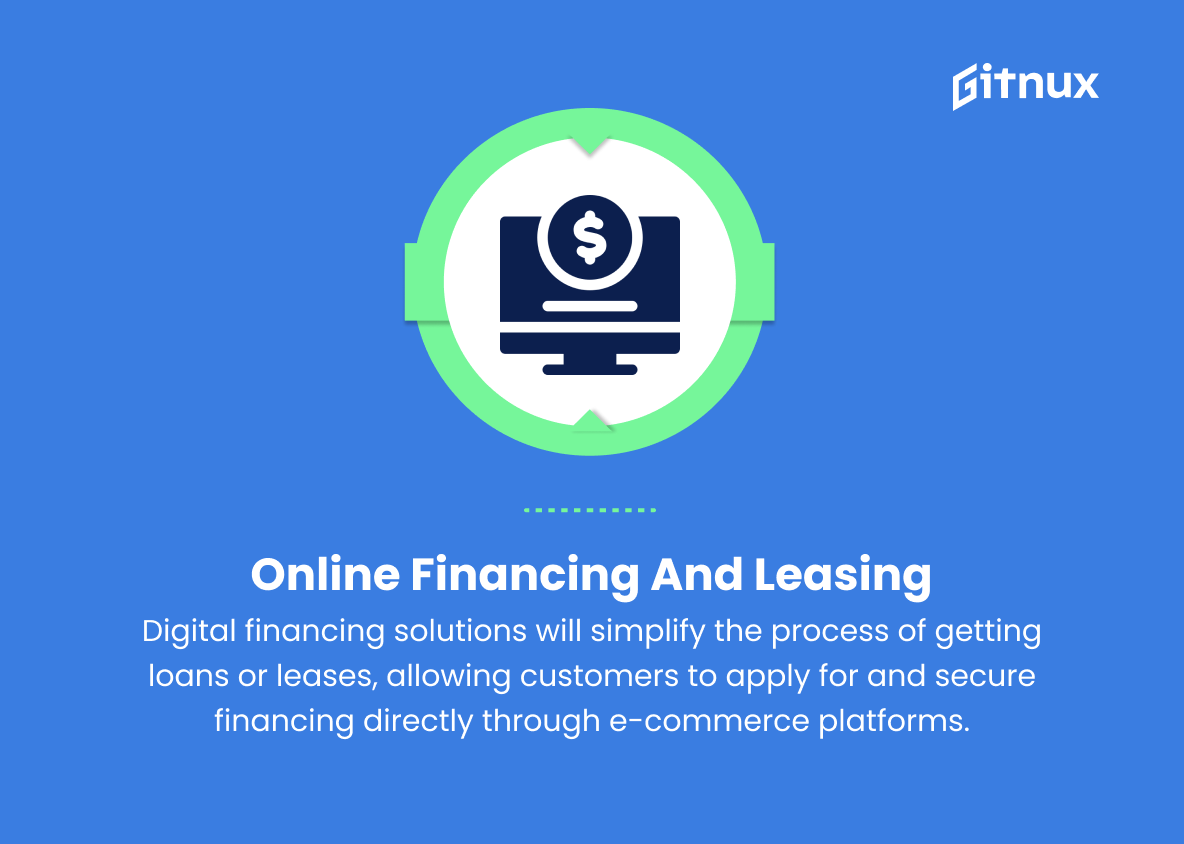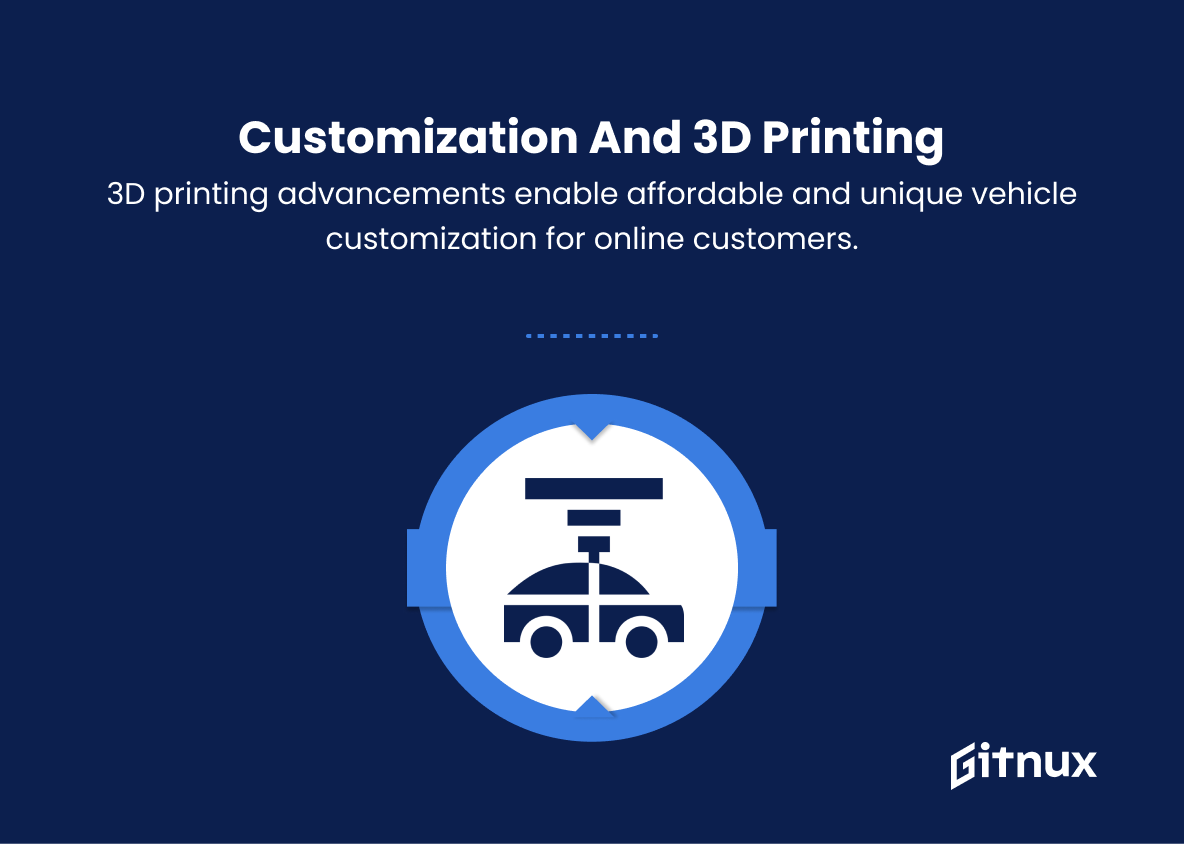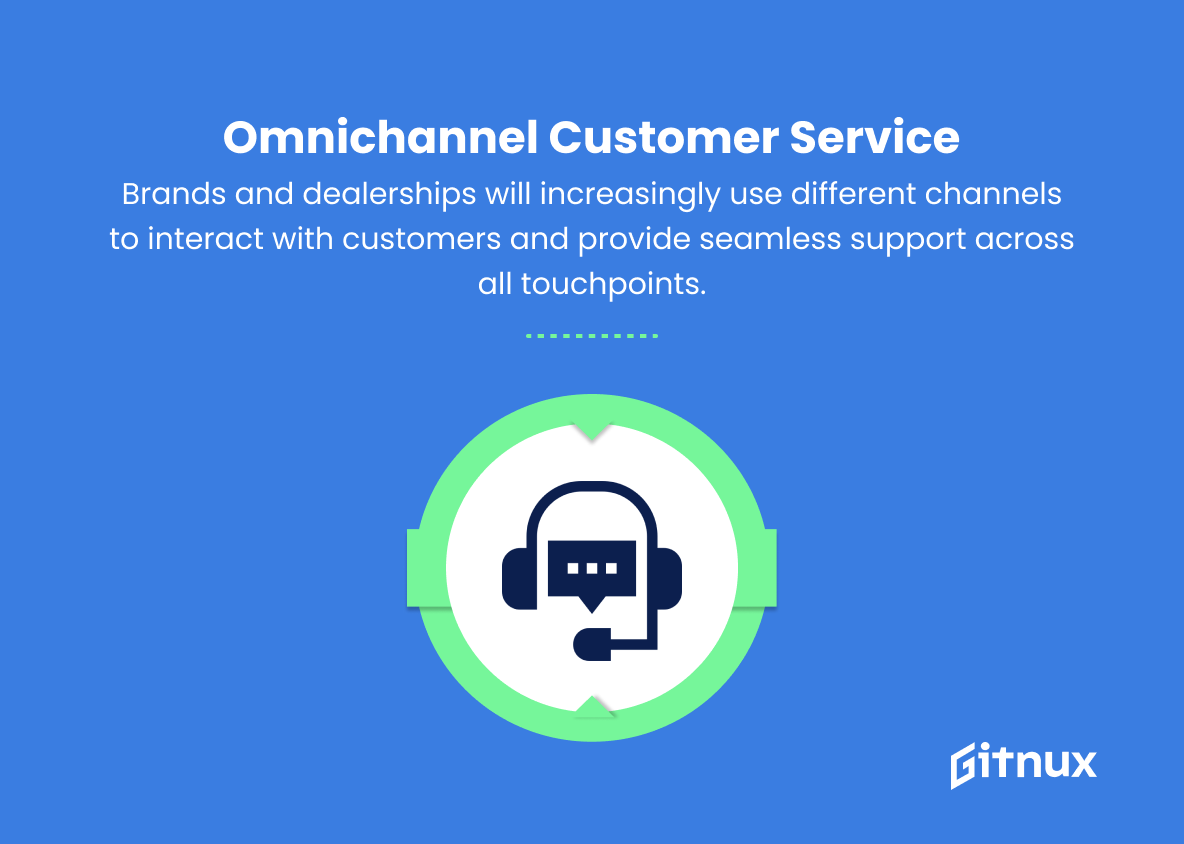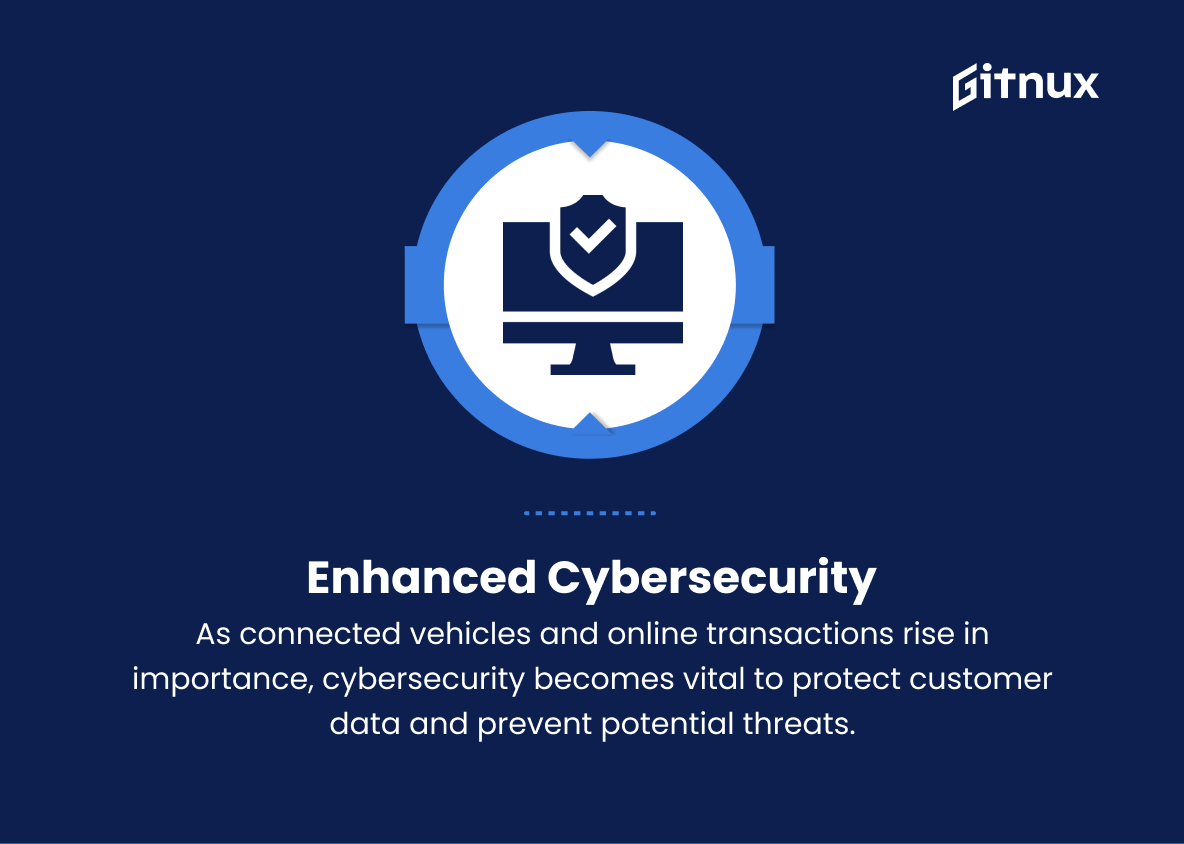In today’s rapidly evolving digital landscape, the automotive industry faces significant challenges and opportunities alike. eCommerce has undeniably transformed the traditional car buying process, revolutionizing everything from research and customization to financing and after-sales services.
As consumer behavior shifts dramatically and the competition intensifies, staying ahead of these trends is crucial for automotive businesses to meet customer expectations and secure long-term success.
In this insightful blog post, we will delve into the most prominent automotive eCommerce trends shaping the industry’s future, discuss the potential impact on key stakeholders, and explore how businesses can adapt and thrive in this dynamic environment.
Top Automotive Ecommerce Trends
1. Virtual showrooms
Customers will be able to explore vehicles in 3D and fully immersive virtual reality experiences, making it easier for them to make informed choices without visiting a physical dealership.
2. Augmented reality
AR technology will provide customers with real-time information about vehicles, allowing them to visualize modifications, colors, and features on vehicles in real-time, both on websites and in physical locations.
3. AI-powered personalization
AI algorithms will analyze browsing and purchasing history to recommend suitable vehicles and accessories, simplifying the decision-making process for potential buyers and increasing customer satisfaction.
4. Block-chain based vehicle history
Blockchain technology will be used to provide transparent, accurate and tamper-proof information about the vehicle’s history, including ownership, repairs, and maintenance, which will be helpful for buyers of pre-owned vehicles.
5. Subscription-based models
As an alternative to traditional vehicle ownership, customers will opt for subscription services that bundle maintenance, insurance, and flexibility in vehicle choice, especially for the electric and autonomous vehicles.
6. Electric vehicle sales growth
With the growing focus on sustainability, electric vehicles (EVs) will drive the majority of automotive e-commerce sales as charging infrastructure and battery technologies improve.
7. Seamless cross-channel experiences
Automotive e-commerce platforms will integrate online and offline experiences, allowing customers to begin their journey online and complete the purchase in-person or vice versa.
8. On-demand and peer-to-peer vehicle sharing
Customers seeking temporary or occasional use of vehicles will prefer on-demand and P2P vehicle sharing platforms, moving away from traditional rental services.
9. Online financing and leasing
Digital financing solutions will simplify the process of getting loans or leases, allowing customers to apply for and secure financing directly through e-commerce platforms.
10. Customization and 3D printing:
The ability to customize vehicles to one’s preferences has always been popular. Advancements in 3D printing technology will allow companies to offer affordable and unique personalization options for customers online.
11. Voice-activated assistants and chatbots
Virtual assistants and chatbots will provide instant support to customers throughout their online purchasing journey, helping customers find relevant information and address queries 24/7.
12. Omnichannel customer service
Brands and dealerships will increasingly use different channels (social media, instant messaging platforms, email, and phone) to interact with customers and provide seamless support across all touchpoints.
13. Enhanced cybersecurity
With the growing importance of connected vehicles and online transactions, cybersecurity measures will be crucial in ensuring the safety of customer data and protection against any potential threats.
14. Integration with smart cities and IoT (Internet of Things)
Vehicles will be more interconnected with urban infrastructure and other devices, enabling better traffic management, parking, and communication between vehicles and their environments.
15. Social media and influencer marketing
Automotive brands will continue to capitalize on the power of social media and influencers to showcase their products, increase brand awareness, and drive sales through promotional campaigns and exclusive offers.
Implications
The future of automotive e-commerce will be marked by a transformational shift, driven by innovative technologies, changing consumer preferences, and a focus on sustainability.
Virtual showrooms, AR tech, AI-powered personalization, voice assistants, and chatbots will simplify vehicle exploration, customization, and decision-making.
Blockchain technology will provide transparency in vehicle history, and subscription-based models will offer flexible alternatives to traditional ownership.
Electric vehicle sales will surge in response to increased awareness of environmental impacts, and seamless cross-channel experiences will redefine the customer journey.
On-demand and peer-to-peer vehicle sharing platforms, online financing and leasing solutions, 3D printing customization options, omnichannel customer service, and enhanced cybersecurity will contribute to a more accessible, dynamic, and secure automotive industry.
Additionally, the integration of vehicles with smart cities and IoT, as well as the growing influence of social media marketing, will further shape the way that consumers engage with and purchase vehicles in the future.
Conclusion
In summary, the automotive ecommerce landscape is evolving rapidly, with innovative trends constantly emerging to reshape the industry.
Dealerships and manufacturers have to be agile in adapting to these changes and leveraging the power of digital tools and strategies to stay ahead of the curve.
This involves embracing data-driven practices, providing seamless customer experiences through omnichannel platforms, improving personalization, and incorporating immersive technologies such as AR and VR.
To remain competitive and thrive in this dynamic ecosystem, players in the automotive industry must keep a keen eye on the latest trends, and continually invest in upgrading their online presence and capabilities to provide customers with the best possible experience.
Failure to do so will inevitably lead to being left behind in the race, as the shift towards ecommerce in the automotive sector becomes more prominent and irreversible.
